To Manage Wooded Landscape? Need Advice
Alex Le
4 years ago
Featured Answer
Sort by:Oldest
Comments (44)
Alex Le
4 years agoRelated Discussions
Advice on combining landscaping rock with wood mulch
Comments (6)A surface layer of stone IS mulch, though not wood-based mulch. Though it, itself doesn't decompose, over time, the spaces between stone mulch fills with soil and other decomposed matter. So if stone is desired here because water can percolate (sideways) through it, that ability will be short lived. It doesn't matter if you use stone mulch or wood-based mulch. A fabric that is covered with 3" of wood-based mulch would be as difficult to pull up as would be one covered with stone. The main difference is that wood decomposes over time ... and turns into soil, which makes it compatible with most gardening and landscaping objectives. Stone mulch on the other hand does not decompose so when one later decides that it's no longer wanted (which eventually happens) it's a BIG job to get rid of it. It grows weeds as well as wood-based mulch. I consider it higher maintenance because the normal plant bits that settle on the surface of the ground can be incorporated or covered with wood mulch, but in a stone mulch bed, they look bad and must be more frequently removed. Likewise, the pond liner seems like a half-baked get-me-by that will not fix the problem long term (if at all) but will be a gigantic impediment to planting. The word formal in landscaping seems to connote a 'Victorian' era planting and arranging style, which is only one aspect of what the word could mean. There are many degrees of how highly organized a planting arrangement can be without engaging that look....See MoreNeed gardener/landscaper and advice for my mom
Comments (2)I think what susanzone5 is talking about is the University Extension Service which has an office in most counties. Typically, Master Gardeners will be available to answer gardening questions at least part-time. For CA, that will be the University of CA Extension Service. And the phone number can usually be found in the front of the phone in the section called County Offices....See Moreneed advice from estate gardener/manager
Comments (5)essentially, if you agree to work with this potential client, you will be acting as the general contractor for all grounds related services. Some of these services, as you delineated, will be performed by you, and others will be contracted out to specialists. If this were me, I'd add a percentage to the bill before passing it on. If you think 10% makes you too much of a bandit on the mowing, make it 5%, or a dollar figure that you can live with. Because if there's an issue, it's up to you to make it right, spend three days on the phone to get someone to come out for a twenty minute touch up, or to pay the bill from the sub and wait to get reimbursed from the owner. Which means, for the snow contract, that percentage gets upped, cuz spring always leaves surprises. Otherwise, use your standard hourly rate to cover the administrative costs of managing the work contracted out. In the end, either way will probably work out about equal, one is more directly proportionate to the time/costs involved, one is a lot less headache and bother for you....See MoreNeed advice on how much to pay landscaper
Comments (54)That wavy bed looks sloppy being immediately adjacent to the straight walkway and the angularity of the house - in the cartoon provided it looks like the house fell out of the sky onto a pizza. And if it is already intended to have mostly lawn beyond the existing bed and walk then both aesthetically and practically it would be better not to cut the lawn off from the house and walk with a second bed along the outside edge of the walk. Instead of integrating the house with the surrounding acreage the wavy bed isolates it, like a stockade. As far as softening the house is concerned that would be accomplished primarily by plantings in the bed between the walk and the house. Except where trees of sufficient eventual size would be planted in particular other places near the house. Trees that would serve visually enhancing functions not provided by low shrubs placed within an incongruously informal bed. As for there being no conventions or traditions behind what I am talking about look at films, videos and photos of countless large country houses just in Britain and Northern Europe alone that have paving or turf coming almost right up to them. Often with climbers on the facade and foundation plantings (if present at all) being the extent of greenery immediately in front of the building (except for any large trees that may be reaching over from the corners etc.) This includes properties that may have acres and acres of fully appointed grounds containing plant collections and other features of international significance out away from the house, where these do not distract from it visually....See MoreYardvaark
4 years agomad_gallica (z5 Eastern NY)
4 years agol pinkmountain
4 years agolast modified: 4 years agoAlex Le
4 years agolast modified: 4 years agofloral_uk z.8/9 SW UK
4 years agomad_gallica (z5 Eastern NY)
4 years agogardengal48 (PNW Z8/9)
4 years agoYardvaark
4 years agolast modified: 4 years agogardengal48 (PNW Z8/9)
4 years agoYardvaark
4 years agofloral_uk z.8/9 SW UK
4 years agogardengal48 (PNW Z8/9)
4 years agol pinkmountain
4 years agolast modified: 4 years agoAlex Le
4 years agofloral_uk z.8/9 SW UK
4 years agol pinkmountain
4 years agocindy2459
4 years agomad_gallica (z5 Eastern NY)
4 years agoYardvaark
4 years agoH B
4 years agol pinkmountain
4 years agolast modified: 4 years agofloral_uk z.8/9 SW UK
4 years agol pinkmountain
4 years agoYardvaark
4 years agoH B
4 years agofloral_uk z.8/9 SW UK
4 years agoYardvaark
4 years agolast modified: 4 years agol pinkmountain
4 years agolast modified: 4 years agoYardvaark
4 years agosquirrelbait2001
4 years agohank509
4 years agoJ Williams
4 years agoUser
4 years agogardengal48 (PNW Z8/9)
4 years agofloral_uk z.8/9 SW UK
4 years agogardengal48 (PNW Z8/9)
4 years agofloral_uk z.8/9 SW UK
4 years agogardengal48 (PNW Z8/9)
4 years agofloral_uk z.8/9 SW UK
4 years agoEmbothrium
4 years agolast modified: 4 years agol pinkmountain
4 years agolast modified: 4 years agoBlueberryBundtcake - 6a/5b MA
4 years ago
Related Stories

LANDSCAPE DESIGNLandscaping Tricks to Manage Stormwater Runoff
Help rainwater absorb slowly back into the earth with paving grids, gravel beds and other porous systems
Full Story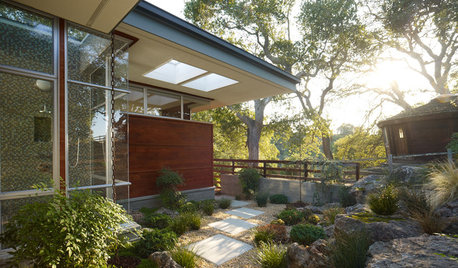
LANDSCAPE DESIGNSoak It Up: How to Manage Stormwater in Your Landscape
Permeable paving, gravel beds and planted areas in your yard can absorb and cleanse stormwater runoff. Here's how it works
Full Story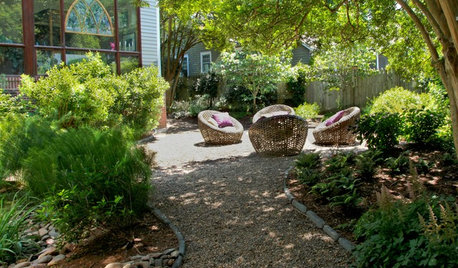
LANDSCAPE DESIGNEasy Ways to Manage Stormwater for Lower Bills and a Healthier Earth
Send cleaner runoff into local waterways and spend less on yard irrigation with these simple landscaping approaches
Full Story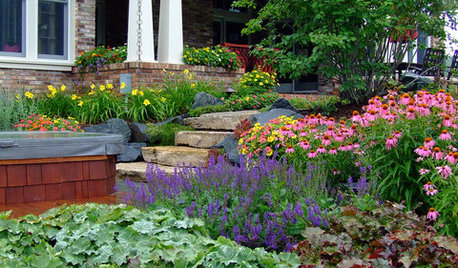
INSIDE HOUZZInside Houzz: New Data Offer Insights on Landscaping Trends
Homeowners are looking to manage water and add more enjoyment to their landscapes, according to a new Houzz survey
Full Story
GREEN BUILDINGBuilding Green: How to Design a Healthier Landscape
Plant selection, water management, fire-prevention measures and more can ensure that your landscape is good for the planet and for you
Full Story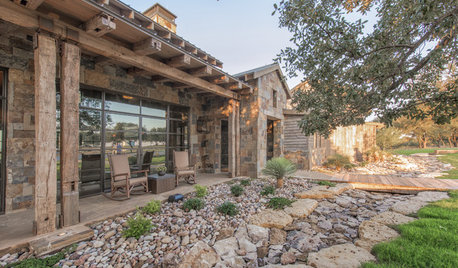
LANDSCAPE DESIGNTo Manage Stormwater Sustainably, Understand Your Site
Follow this guide to learn how water moves through your landscape and how best to manage it
Full Story
GARDENING AND LANDSCAPINGChoosing a Deck: Plastic or Wood?
Get the pros and cons of wood, plastic, composite and more decking materials, plus a basic price comparison
Full Story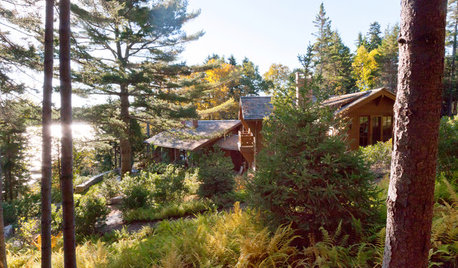
GARDENING AND LANDSCAPINGSublime Coastal Woods Gain a Healthy New Foothold in Maine
Erosion was threatening, and much of the wildlife had fled. See how a homeowner and her landscape architect drove back the danger
Full Story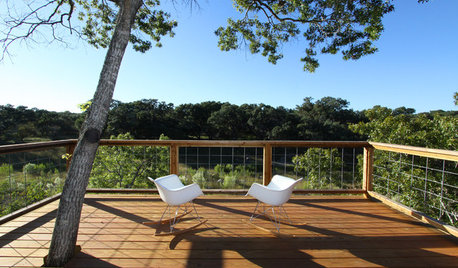
GREAT HOME PROJECTSHow to Refinish a Wood Deck
Keep your deck looking its best — and save feet from splinters — by applying a new stain and sealant every year or so
Full Story
GREAT HOME PROJECTSWhat to Know About Adding a Reclaimed-Wood Wall
Here’s advice on where to put it, how to find and select wood, what it might cost and how to get it done
Full Story


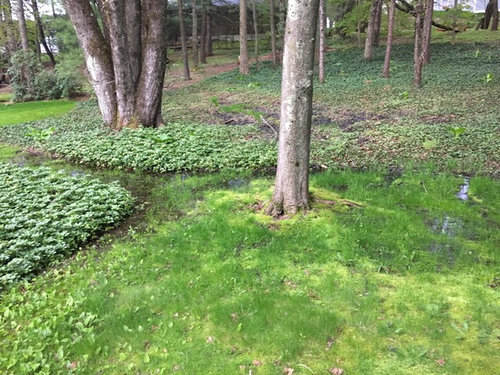
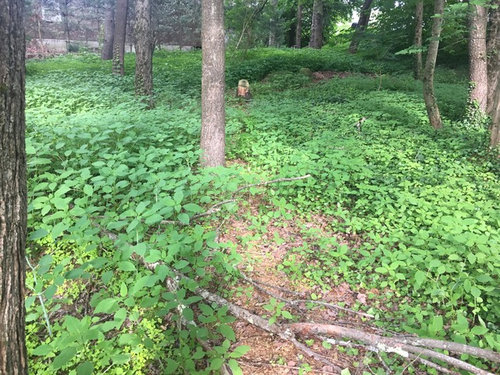
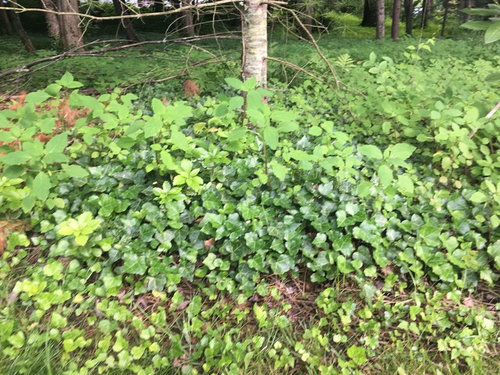
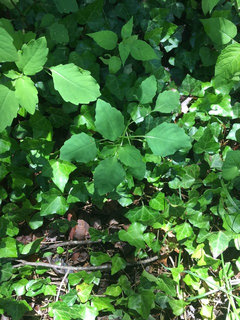
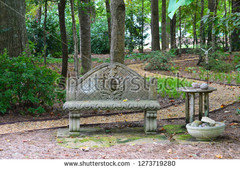
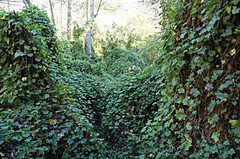
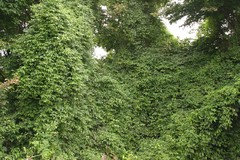
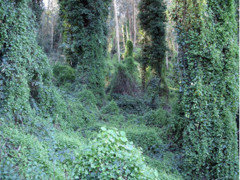
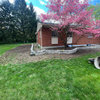

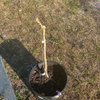
l pinkmountain